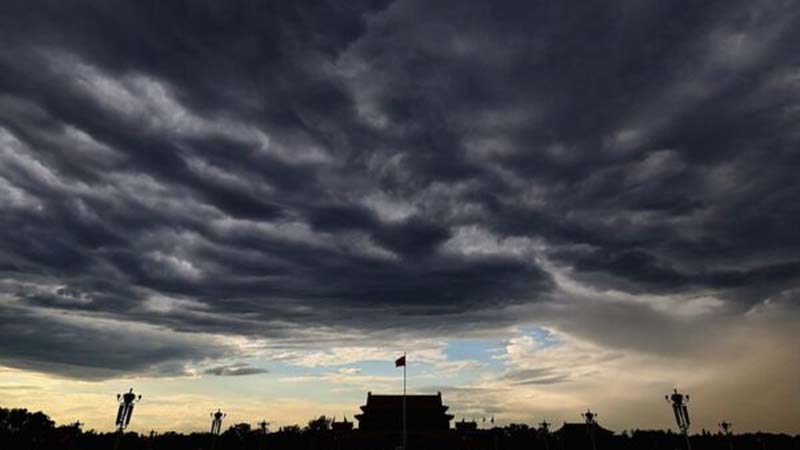Report by : Gan Yung Chyan, KUCINTA SETIA Image : RAT structural diagram
On 4 October 2025, an Air India Boeing 787 experienced an automatic deployment of its ram air turbine (RAT) during its approach to land at Birmingham Airport in the UK.
The Federation of Indian Pilots (FIP) reported that the RAT automatically deployed at an altitude of 500 feet (about 150 meters) while the aircraft was approaching for landing at Birmingham Airport.
Air India issued a statement stating that flight AI117 from Amritsar to Birmingham on October 4th experienced the deployment of the ram air turbine (RAT) during its final approach. All electrical and hydraulic parameters were normal, and the aircraft landed safely at Birmingham Airport.
Air India stated that the aircraft has been grounded for inspection and further flights have been canceLled.
On 5 October 2025, the Federation of Indian Pilots (FIP) requested that the Directorate General of Civil Aviation (DGCA) inspect the electrical systems of all Boeing 787 aircraft in India. The association stated, "Aircraft health monitoring detected a fault in the Bus Power Control Unit (BPCU) that could have caused the RAT to automatically deploy. This incident, notably, resonates with the previous Air India 787 crash, in which the RAT was deployed. For aviation safety, the Directorate General of Civil Aviation (DGCA) must thoroughly review the electrical systems of all 787 aircraft in India."
A ram air turbine, or RAT, also known in the industry as the "little mouse," serves as an aircraft's emergency backup generator. It is a small turbine driven by the airflow of the aircraft. In extreme situations (such as dual engine failure or failure of the main power generation system), it provides emergency electrical and hydraulic power to keep critical systems operating.
RATs on modern aircraft are typically installed on the fuselage or under the wings, but can also be mounted on the nose.
This device is normally inactive. However, in extreme situations such as dual-engine failure or a failure of the main power generation system, the RAT is deployed. It uses high-speed airflow to rotate the ramjet blades, which in turn drive the hydraulic motor and generator, providing emergency power to critical equipment such as the flight control system, avionics, and hydraulic systems.


No comments:
Post a Comment